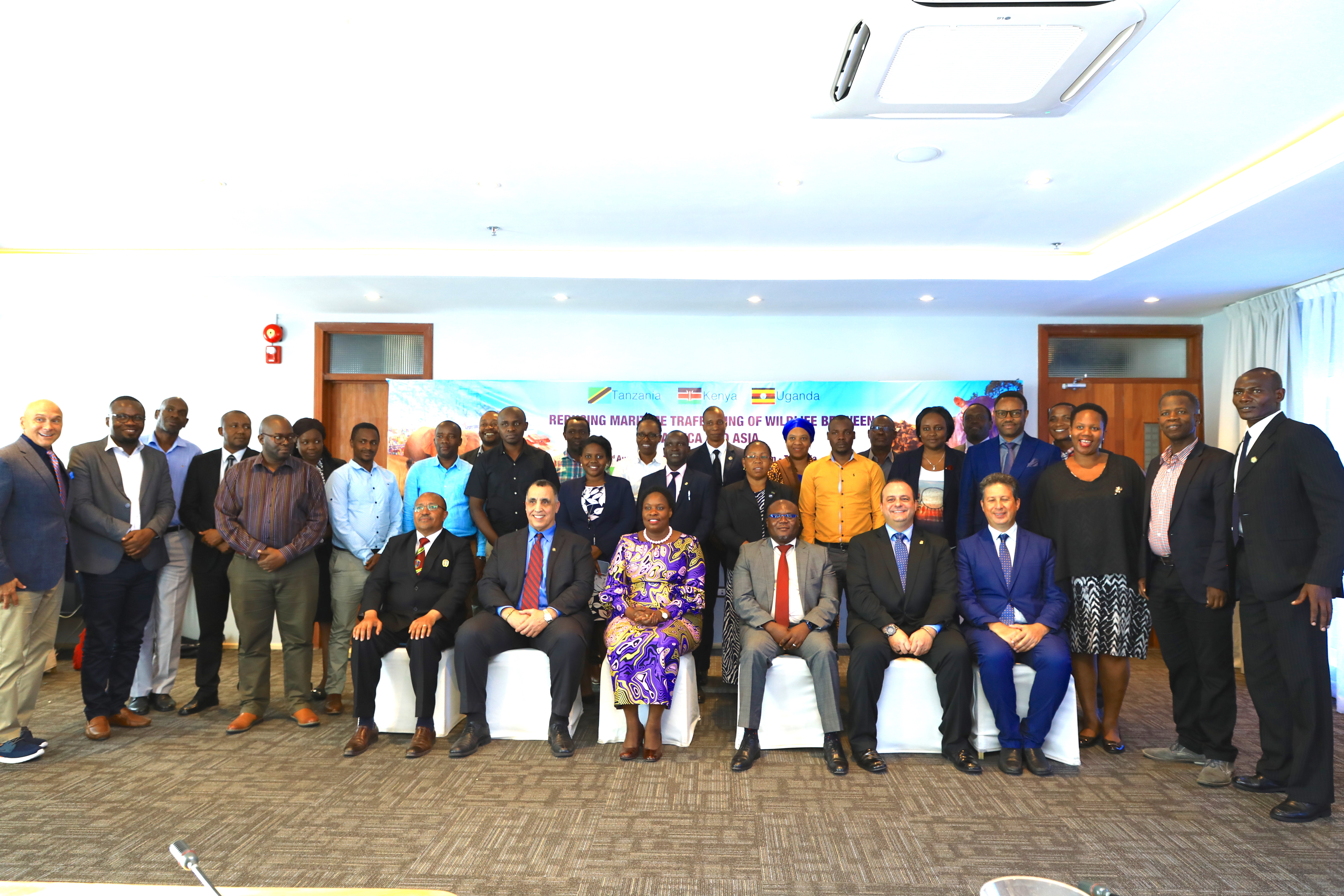Valuing traditional knowledge
Farmers in Phnom Kulen harvesting traditional herbs. Farmer introduced and cultivated over 10 medicinal plants. Photo UNDP Cambodia
UNDP Cambodia
Trainings designed to build capacity and awareness among the various stakeholders. Photo ABS Project Cambodia
UNDP Cambodia
The stores of traditional knowledge in upland Cambodia are rich and greatly varied, and include knowledge on conserving nature, health protection, farming systems, and plant and animal species uses and management.
These stores of knowledge reflect the varied geographic areas indigenous peoples and minorities live in, as well as the groups’ respective needs. All societies have utilized the natural environment for sustenance and succour, and the use of plants for medicinal treatment is therefore especially well developed across the globe.
As such, research institutions, private pharmaceutical companies and NGOs have in recent years recognized the importance of conserving this knowledge, but also using it to create benefits, which have not always been equitably shared. The absence of a system for the protection of traditional knowledge can easily result in the further erosion of this valuable knowledge and a permanent loss to local and indigenous communities, the country and the global community at large.
Failure to bring fair and equitable sharing of benefits from the utilization the traditional knowledge and genetic resources - especially for indigenous peoples and local communities - is a key constraint for the effective conservation of biodiversity.
To remedy these past inequities and build a framework for future success, the ABS project is developing and finalizing national ABS frameworks and roadmaps, as well as models on bio-prospecting, a monitoring framework for tracking genetic resources application, and a monitoring and evaluation plan.
To ensure longevity and sustainability, an effective financial mechanism for benefit-sharing from ABS agreements has been established, with an ABS Administrative Permitting System and check-points inaugurated.
The power of innovation, realized via the synthesis of traditional knowledge with modern science and technology, has transformed genetic resources into medicines, foodstuffs, and many other products that are indispensable for human existence. In fact, it can be argued that both genetic resources and innovation underpin sustainable development.
Genetic resources are the planet’s patrimony, and can be harnessed for present and future generations; there exists a clear link between sustainable biodiversity use and economic growth. The Nagoya Protocol provides a platform for the equitable sharing of benefits that facilitates sustainable development for indigenous peoples and local communities, and the continued conservation of our natural capital for many years to come.
